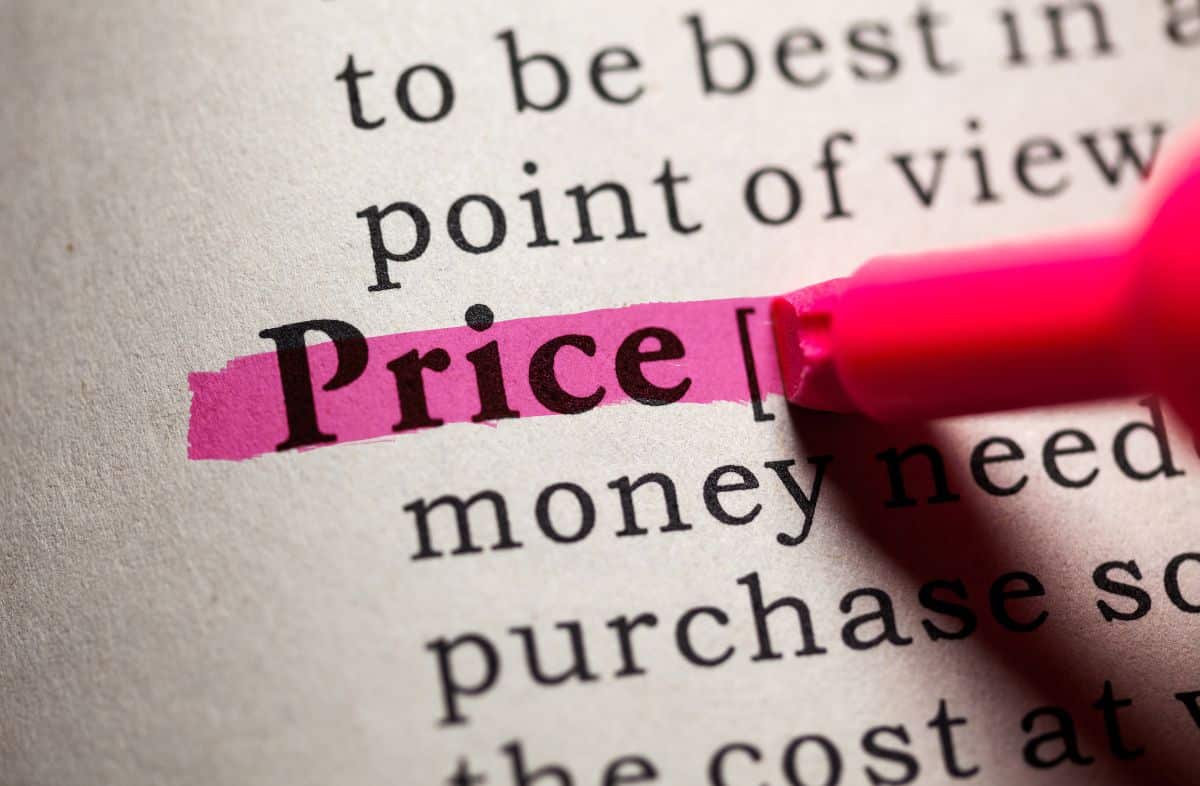Product taxonomy is an essential element of any eCommerce business. It helps to ensure better navigation of products and can assist in search engine optimization, as well as product management. Investing in a well-defined taxonomy can pay off in the long run as it can help to increase visibility, rankings, and sales.
In the digital age, product taxonomy is more important than ever before. Customers expect a shopping experience that is easy and intuitive, and product taxonomy can help to provide this. It is an essential tool for any eCommerce business and should not be overlooked. Investing in a well-defined taxonomy can pay off in the long run and help to ensure a successful and profitable business.
What is Product Taxonomy?
Product taxonomy is the practice of organizing products into categories and sub-categories to create a hierarchical structure. This structure helps shoppers find the items they’re looking for quickly and easily. Product taxonomy is also known as product categorization, product classification, or product categorization.
Taxonomies are made up of product attributes such as color, size, material, and style. These attributes are organized into categories, sub-categories, and product types. For example, a product taxonomy for clothing might include attributes like color, size, material, and style, which are organized into categories like tops, bottoms, and outerwear.
What is a Product Taxonomy in eCommerce?
A product taxonomy in eCommerce is an organized system for categorizing products according to their attributes. It helps shoppers find the products they’re looking for quickly and easily, and provides retailers with valuable insights into customer behavior.
Product taxonomies are typically created and maintained by the eCommerce platform or by the retailer. A well-structured taxonomy is essential for providing shoppers with a seamless and intuitive shopping experience and can help to boost sales and customer loyalty.
Why is a Product Taxonomy Strategy Important?
A product taxonomy strategy is an important part of any business’s operations, regardless of size or industry. A product taxonomy is a hierarchical structure that organizes all the products of a company into logical groups and subgroups. It is used to classify and categorize products, making them easier for customers to find and for businesses to manage.
Having a well-structured product taxonomy strategy is essential for a company’s success, as it allows them to improve the customer experience, simplify product searches, and increase sales. Here are three key reasons why a product taxonomy strategy is important for businesses.
Improves the Customer Experience
A product taxonomy strategy is important to improve the customer experience. It makes it easier for customers to find the products they are looking for, as the product categories are clearly organized and logically structured. This makes it easier for customers to browse the website, as they can quickly find the product they’re looking for without having to search through an overwhelming number of products.
A well-structured product taxonomy can also help customers find related products and upsells. For example, if a customer is looking for a laptop, a product taxonomy strategy can help them find related accessories or upgrades easily.
Simplifies Product Searches
A product taxonomy strategy can also simplify product searches. Customers can use the product categories to quickly narrow down their search to find the exact product they’re looking for. This makes the process of finding a product much easier and faster for customers.
A product taxonomy can also help businesses improve search engine optimization (SEO). By organizing products into a structured taxonomy, businesses can ensure that their products are more easily found by customers. This can help them drive more organic traffic to their website and increase their sales.
Increases Sales
A product taxonomy strategy can help businesses increase their sales. By organizing products into logical categories, businesses can ensure that customers are presented with the most relevant products for their needs. This makes it easier for customers to find the products they need, which can lead to higher sales.
Better Recommendations
A product taxonomy can also help businesses create personalized product recommendations. By analyzing customer behavior, businesses can make product recommendations based on the customer’s previous purchases and interests. This can help businesses increase their sales by presenting customers with the most relevant products for their needs.
Product Taxonomy Best Practices
There are a few key best practices for creating and managing product taxonomies. The following tips can help you ensure that your product taxonomy is well-structured and effective:
1. Start with the customer in mind
When creating a product taxonomy, it’s important to think about the customer first. Think about the attributes that shoppers use to search for products, and organize these into logical categories.
2. Keep it simple
A complex taxonomy structure can be confusing and overwhelming for shoppers. Keep your product taxonomy as simple as possible to ensure that shoppers can navigate it easily.
3. Be consistent
Make sure that your product taxonomy is consistent across all channels and devices. This will make it easier for shoppers to find what they’re looking for and ensure that search results are accurate.
4. Monitor and update
Product taxonomies should be regularly monitored and updated to ensure that they remain accurate and up-to-date. This will help to ensure that shoppers always have access to the products they’re looking for.
Product Taxonomy Challenges of the eCommerce Retailers
Creating and managing an effective product taxonomy can be challenging for eCommerce retailers. Here are some common challenges that retailers face:
1. Scalability: Product taxonomies need to be able to scale as the business grows. As the number of products and categories increases, the taxonomy needs to be able to keep up.
2. Internationalization: If you’re selling products internationally, you need to be able to create and maintain product taxonomies in multiple languages. This can be a time-consuming and complex process.
3. Complex products: Some products are complex and have multiple attributes that need to be taken into account when creating a product taxonomy. This can greatly increase the complexity of the process.
4. Changing products: Product taxonomies need to be regularly updated as products change and new products are added. This can be a time-consuming process, and it’s important to ensure that the taxonomy remains accurate and up-to-date.
Differences between B2B Product Taxonomy and B2C Ecommerce Product Categorization
Level of detail
The primary difference between B2B product taxonomy and B2C product categorization is the level of detail. B2B customers typically have a more focused, specific list of needs, and thus require more granular product categorization. This means that B2B product taxonomy should be much more detailed, enabling customers to easily find the exact product they require. B2B product categories should be highly specific, and include sub-categories to further refine the search. For example, a B2B customer looking for a laptop may be interested in a specific model, processor type, or other features. A B2B product taxonomy should have categories for each of these features, so that customers can easily find the exact product they are looking for.
B2C customers are typically more general in their needs and are shopping for a wider range of products. As such, B2C product categorization should be much broader, allowing customers to quickly find the items they want without getting overwhelmed by too much detail. B2C product categories should be broad but still organized logically, allowing customers to easily find what they need. For instance, a B2C laptop category may include sub-categories such as laptops by brand, laptops by budget, and laptops by use case.
Structure
The structure of B2B and B2C product taxonomies also differ. B2B product taxonomy is often organized around the customer’s workflow, whereas B2C product taxonomy is organized around the customer’s buying journey. B2B customers are typically looking for a specific product to solve a particular problem, so the product taxonomy should be structured around helping customers find the products they need. This could include categories such as products by industry, products by application, and products by use case. On the other hand, B2C customers are often browsing and exploring products, so the product categories should be organized around the customer’s buying journey. This could include categories such as products by trend, products by lifestyle, and products by price.
Keywords
B2B and B2C product taxonomies also differ in terms of how keywords are used. B2B product taxonomy typically uses more technical and specialized keywords that target buyers at a more specific level, while B2C product categorization typically uses more general keywords that target a wider audience. For example, a B2B product taxonomy may use keywords such as “high-performance processor” or “rugged laptop”, whereas a B2C product categorization may use keywords such as “bargain laptops” or “gaming laptops”.
How Product Taxonomy Can Boost Sales
Product taxonomy can be a powerful tool for boosting sales. A well-structured taxonomy makes it easier for shoppers to find the products they’re looking for quickly and easily, increasing the likelihood that they’ll make a purchase.
Product taxonomies can also be used to target specific customer segments. For example, a retailer could create a taxonomy that focuses on customers who are looking for eco-friendly products. This would enable the retailer to target customers who are specifically interested in eco-friendly products, increasing the likelihood of successful sales.
How Can Cluster Help?
Build and enhance product data efficiently to understand insights from channel to channel. Complete solution from catalog integrity and assortment to seller onboarding and more. Schedule a demo today.





